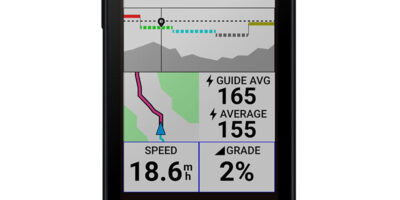How to Measure Bike Frame
Buying the perfect bike starts with understanding how to measure the bike frame. Your bike frame size determines your overall comfort and efficiency while riding. Different bikes require various measurement techniques. This guide covers everything you need to know about measuring bike frames correctly.
Understanding Bike Frame Geometry
The bike frame is essentially its skeleton. It holds all parts together and impacts handling and comfort. Different frame geometries serve various riding styles like road biking, mountain biking, or commuting.
Key elements include top tube length, seat tube length, head tube angle, and chainstay length. These measurements help create a perfect balance between comfort, efficiency, and performance.
Tools You Will Need
- Measuring Tape
- Level
- Bike Stand (optional but helpful)
- Notebook and Pen
Measuring the Top Tube Length
The top tube runs horizontally from the head tube to the seat tube.
- Position the bike on a level surface.
- Measure from the center of the head tube to the center of the seat tube.
- Record this length.
Measuring the Seat Tube Length
The seat tube runs vertically from the bottom bracket to the seat.
- Measure from the center of the bottom bracket to the top of the seat tube.
- Some manufacturers measure to the midpoint of the seat tube extension. Check your brand’s specifications.
- Record this length.
Measuring the Head Tube Length
The head tube connects the top and down tubes, housing the bike’s fork and handlebars.
- Measure from the bottom to the top of the head tube.
- This affects handling and riding posture.
- Record this length.
Measuring the Chainstay Length
The chainstay links the bottom bracket to the rear wheel dropouts.
- Measure from the center of the bottom bracket to the center of the rear wheel dropout.
- Chainstay length impacts stability and handling.
- Record this length.
Wheelbase Measurement
The wheelbase is the distance between the front and rear axle. Longer wheelbases generally offer a smoother ride, while shorter wheelbases improve maneuverability.
- Measure from the center of the front axle to the center of the rear axle.
- Record this length.
Measuring the Standover Height
Standover height measures how easily you can straddle the bike, a key factor for comfort and safety.
- Position the bike on level ground.
- Measure from the ground to the top of the top tube.
- Subtract your inseam measurement. There should be ample clearance (2-4 inches).
- Record this height.
Frame Sizing for Different Bike Types
Different bikes have different sizing requirements.
- Road Bikes: Focus on top tube length and seat tube length.
- Mountain Bikes: Consider standover height and wheelbase.
- Hybrid Bikes: These combine elements of road and mountain bikes, so you may need to consider multiple measurements.
Frame Fit and Body Proportions
Body proportions affect bike fit. Two people of identical height can have different torso and leg lengths.
- Torso Length: A longer top tube suits riders with a longer torso.
- Arm Length: Handlebar adjustments can accommodate various arm lengths.
- Leg Length: Adjust the seat height to ensure proper leg extension.
Using Online Frame Size Calculators
Online calculators use your height, inseam, torso length, and arm length to recommend frame sizes. While convenient, these tools should complement, not replace, manual measurements.
Consulting a Professional
For exact fitting, consider consulting a bike fitting professional. They use advanced tools and techniques to ensure the bike fits perfectly.
By understanding how to measure your bike frame, you can enhance your riding experience. A properly sized bike minimizes discomfort, boosts performance, and makes every ride enjoyable.
“`

